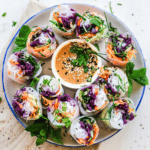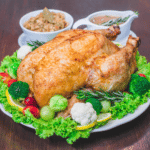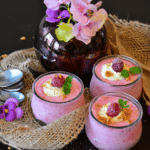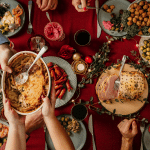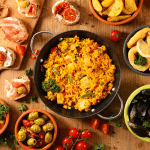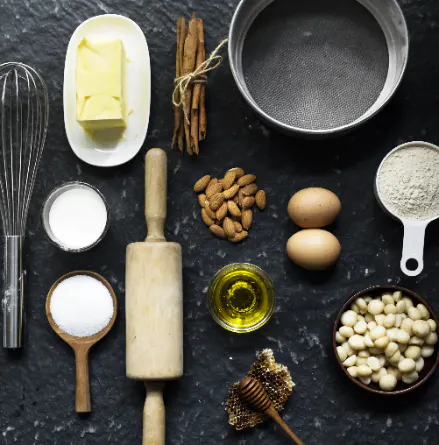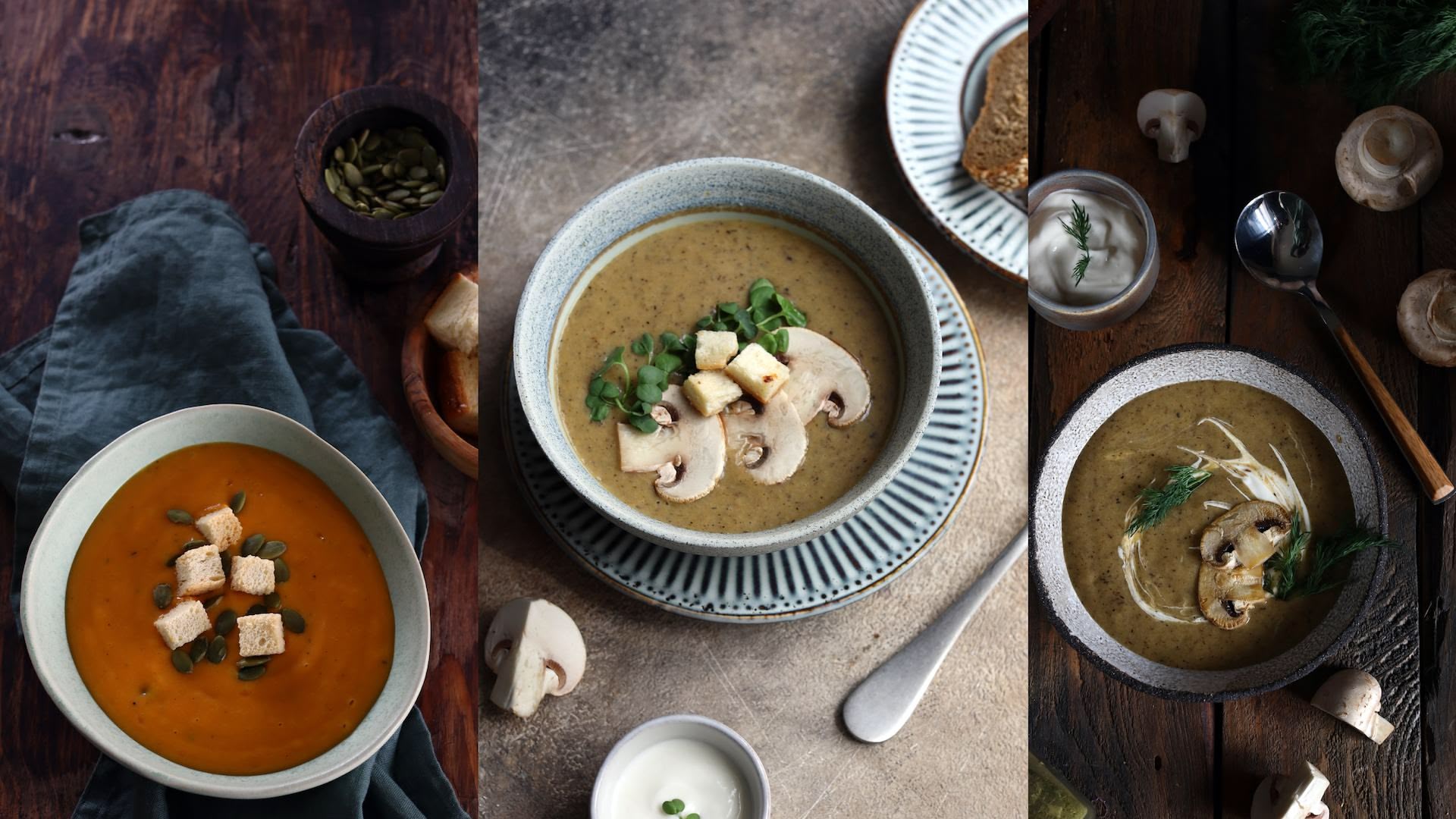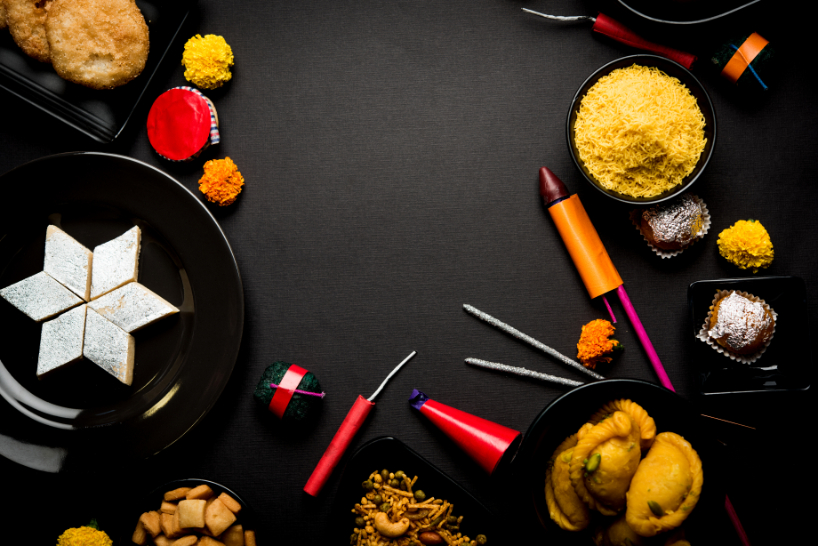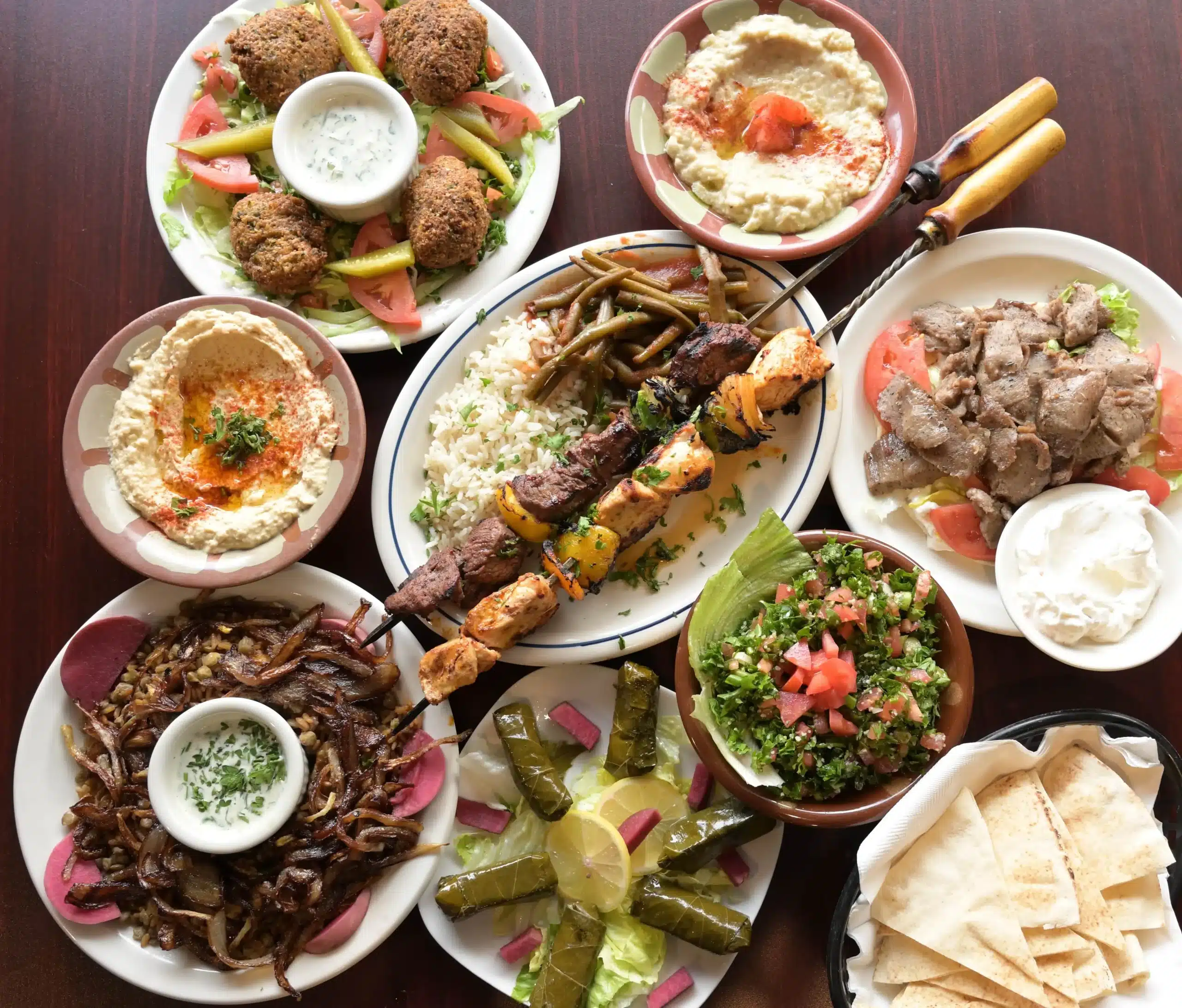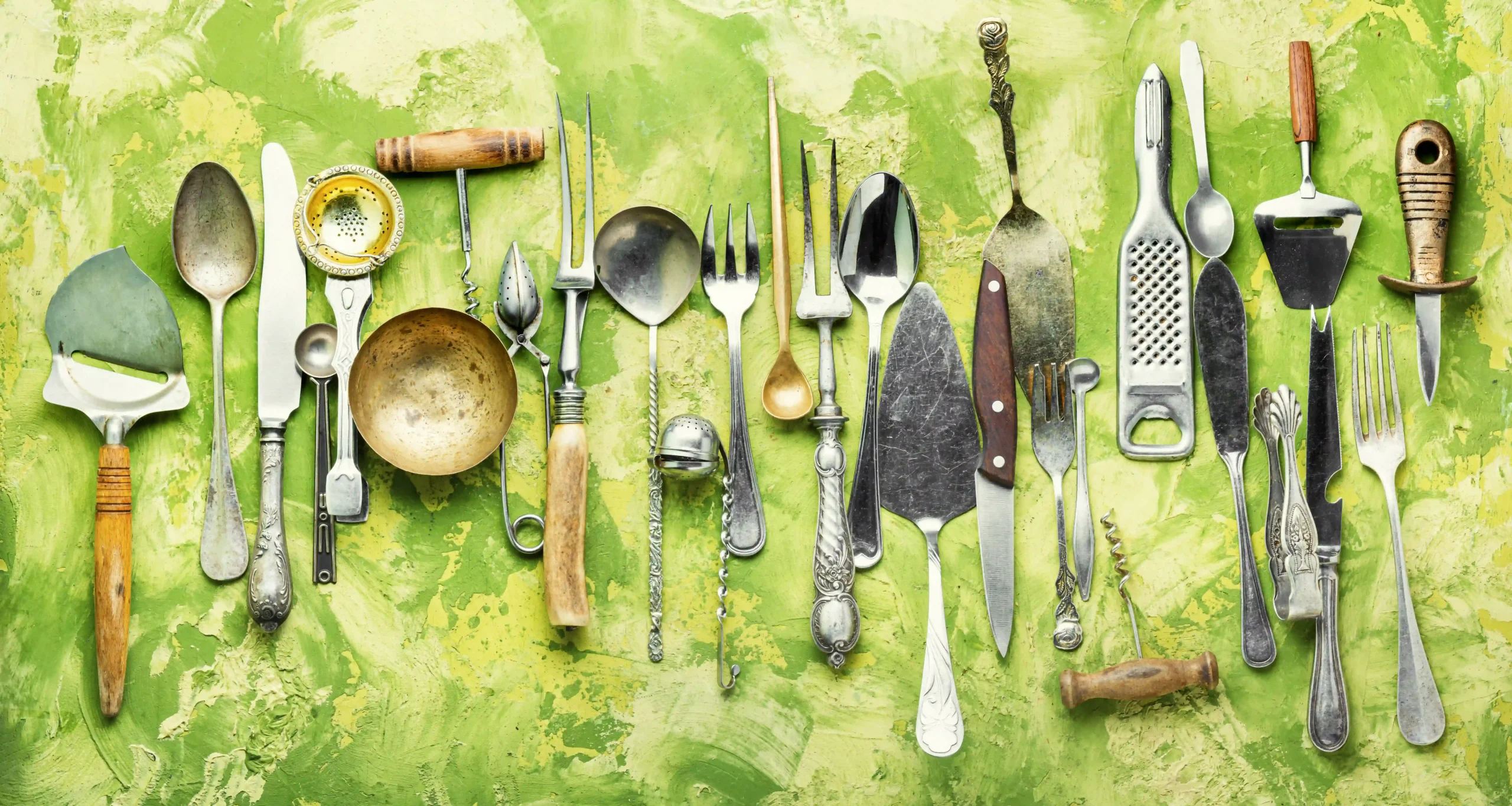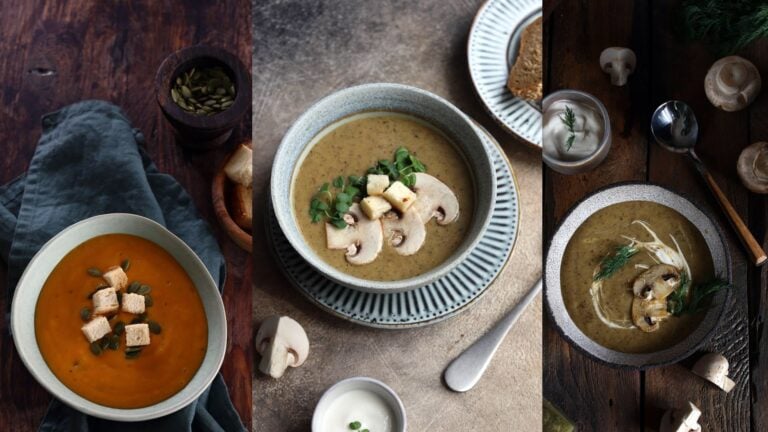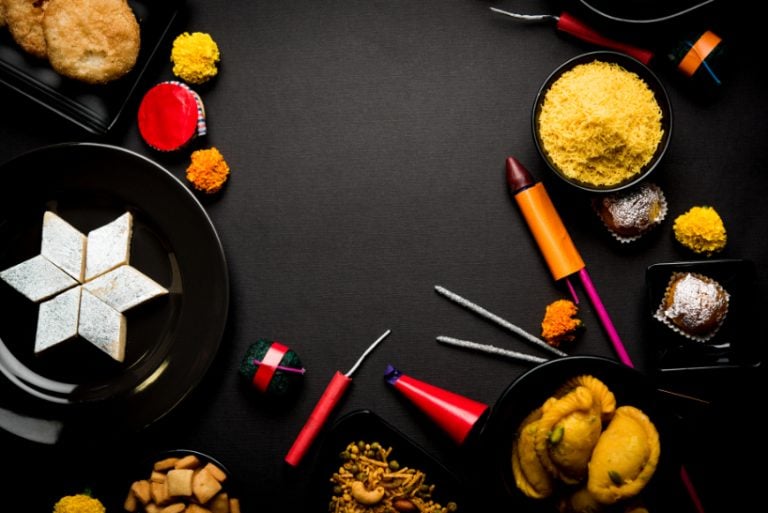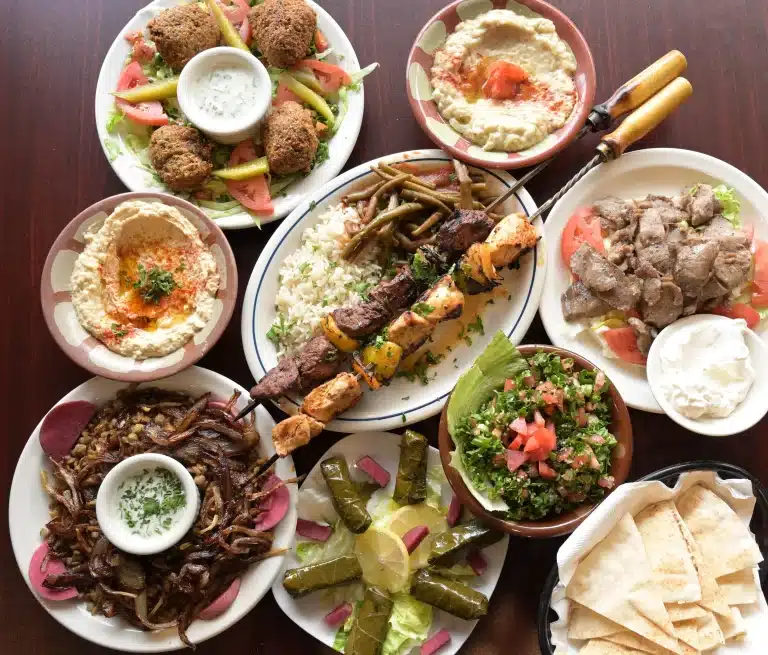A recipe is only as good as the instructions because let’s face it; we want others to recreate our gourmet experience. There is a technique to recipe writing, and just because you know your way around a kitchen doesn’t mean you can guide others. Thankfully, a recipe focuses mainly on two parts; the ingredients and the method. We have a simplified guide that can help you write recipes that are easy to follow by cooks of all levels.
The Ingredients
The reader will go through the ingredients first to determine which items they already have in their pantry and which ones they might need to buy. The list should include ingredients that are readily available to everyone. If you list an item that most people won’t be able to find at their local grocery store, make sure to suggest alternatives.
A good rule of thumb is to list down the ingredients in the order they will appear in the method. That helps the reader when they are following the process and want to consult the list of ingredients. The best advice we can offer here is: less is more! There is no need to complicate a recipe with too many ingredients because that can be off-putting for many amateurs.
The quantity of each ingredient matters, and even a few grams could make a massive difference in the final product. When you are writing down your recipe, make sure you use the same set of measuring cups and spoons for everything. Another valuable recommendation is that you alter the method so that none of the perishables, such as cans of food, go to waste. The correct way is to mention the form in which the ingredients have to be in the ingredients list. That will let the readers know how much preparation they will need before beginning, for example:
- Two eggs, slightly beaten.
- One large onion, finely chopped.
Method
The preparation method has to be direct and straightforward. Do not use fancy words like “tartare” and “coulis” because most of your audience will not know what they mean. The directions should be simple enough that someone cooking by themselves for the first time can follow them.
It can be hard to judge ourselves, so it is always great to get someone else to go through the recipe before you ost it. You might be leaving out crucial information because you assume that it is common knowledge. The second set of eyes can ensure you do not miss out on any steps or confuse the audience.
For recipes that involve the heat, the flame, or temperature are crucial, and there is no room for error. But it is also important to remember that not every oven or stove is the same, so add the change in appearance (with pictures wherever possible), so the other person knows when to proceed with the next step.
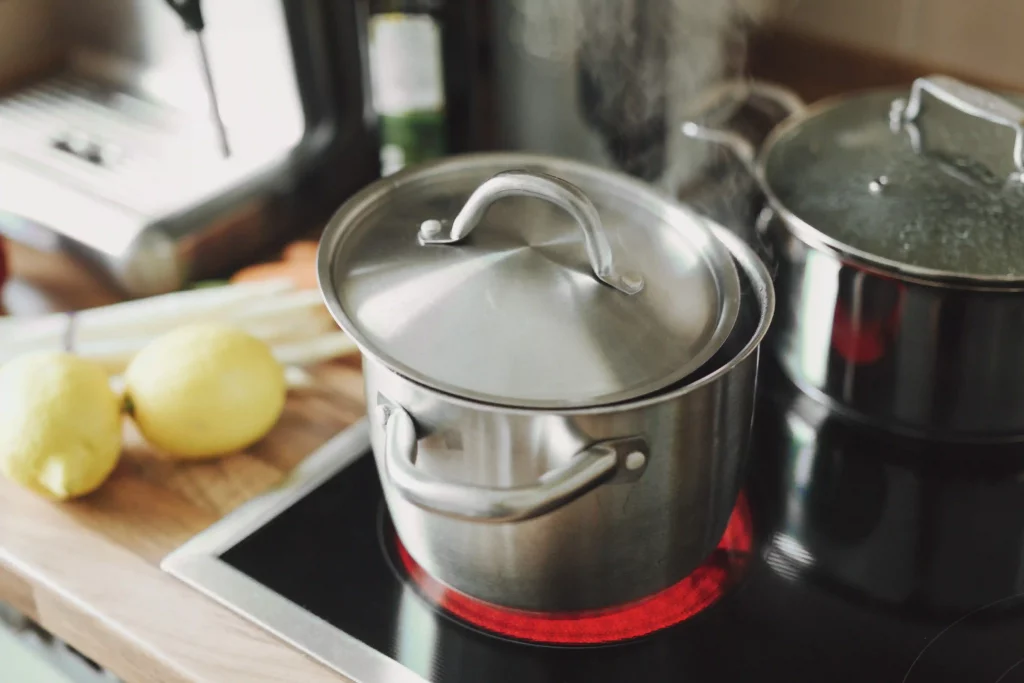
Recipe writing is smooth, and after the first few ones, you will find it to be something that can bring you and your readers a lot of joy.


